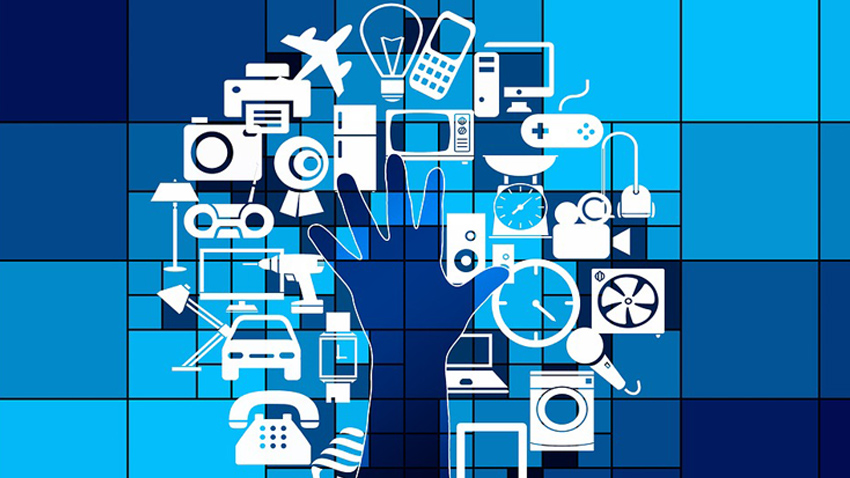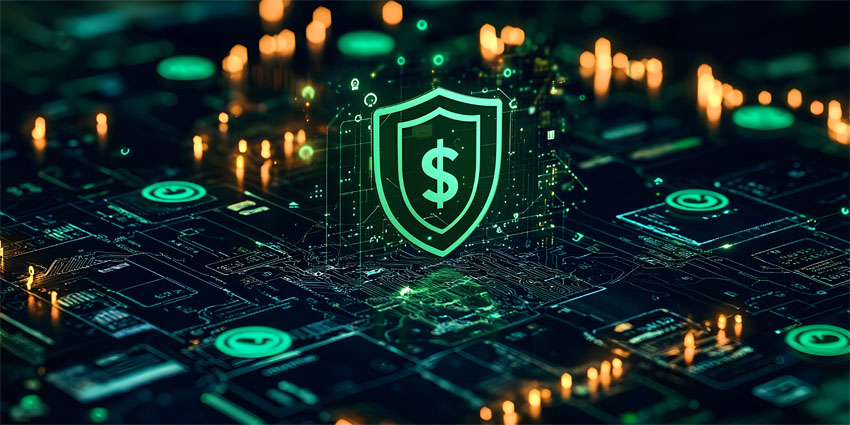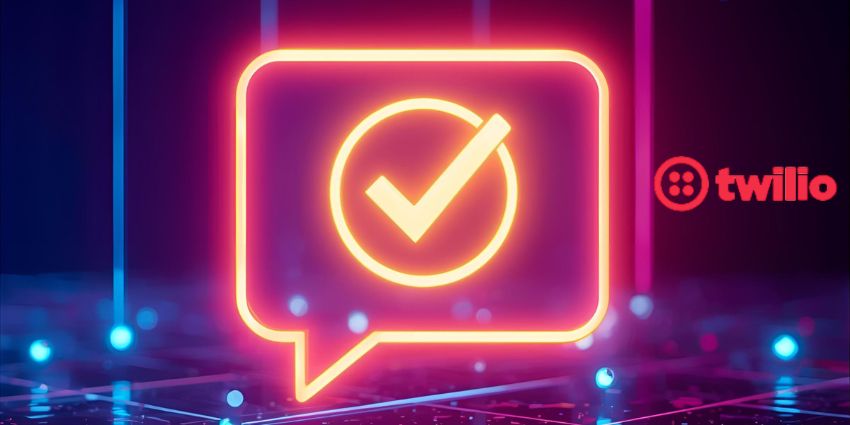How many devices do you have in your home connected to the internet? What about at work?
If we believe the analysts, by the end of the decade we can expect whatever the number is now to be bigger. A lot bigger. And it won’t just be PCs, laptops, mobile phones, tablets, TVs, office phones, games consoles and the like, either. The internet is no longer going to be an exclusive club for connecting communications devices. Nearly every electrical appliance you can think of is about to get digitised and plugged straight into the net.
The Internet of Things is here.
The numbers being forecast make for impressive reading. By 2020, IDC predicts there will be 21 billion new appliances hooked up to the internet. Juniper makes it 39 billion. According to the McKinsey Global Institute, the Internet of Things will add $11 trillion in value to the global economy.
That is digital transformation on a scale that will dwarf what we have experienced with mobile, cloud, social media and Big Data. And the world is still trying to get its head around those.
The big question about the Internet of Things revolution is – why hasn’t it happened yet? We have been told that the networking of smart washing machines, refrigerators and vacuum cleaners is about to take over our lives for several years now, but all we have had so far is a fairly modest market emerge for light bulbs and thermostats you can control remotely from your phone.
There are several explanations for this. One is that, first and foremost, the Internet of Things will not be a consumer-led revolution in our homes. The most significant changes will be in business and industry, and as the old saying goes, the wheels of industry tend to turn slowly. Businesses do not change systems or make purchases on a whim or to be fashionable, and tend to let infrastructure go through its natural life cycle before updating.
Yes, household appliances will share data to save energy and your Fitbit will talk to your fridge to make meal recommendations, but that will pale compared to what will happen in the workplace. Along with AI, the Internet of Things is what will trigger the next generation of automation, with the combination of networked machines, sensors, actuators and software driving process efficiency and productivity through data sharing and analysis.
Another reason for the delay in the Internet of Things really taking off is broadband capacity and bandwidth. The addition of so many devices to the network will add real strain, adding to the pressure to upgrade the infrastructure.
So far, BT Openreach’s fastest Fibre to the Premises (FTTP) networks only reach 200,000 properties in the UK, although there are rival commercial projects to create ‘Gigabit Cities’ throughout the UK. It is also likely that the IoT will not fully take off until 5G mobile broadband is rolled out. BT recently announced a partnership with Huawei to research the introduction of ‘network slicing’ 5G bandwidth management in the UK, in preparation for the huge surge in demand the IoT will bring.
How ready for the IoT is the tech channel? A survey by CompTIA suggests not very, with two thirds not expecting to be reporting revenue from IoT in the next 12 months. But this in itself could be another contributing factor in holding the IoT back. Every technology, from telephone installation to hosted cloud, needs its specialists to sell products and provide services. Without the channel behind the IoT, there will be no one to bring it to market.
The figures being forecast suggest this is an historic opportunity for the vendors, distributors and VARs who are prepared to grasp it. There initially seem to be two key areas where the channel could be setting itself up to give IoT a nudge in the right direction.
One is managed service provision. The IoT is likely to be both complex and huge, with new devices, new software, new networking protocols and new systems of data management required. Following the model of cloud computing, IT specialists could set themselves to manage the entire infrastructure on behalf of clients, offering them all the benefits with none of the hassle.
The second area is security. Even in its infancy, the IoT is already proving a massive data security headache, as many so-called smart devices do not have the software capacity to host sufficient antivirus applications to protect against the fluid, sophisticated nature of malware. Devices are also being manufactured by different companies, and are communicating using different standards and protocols. These means a network of x number of devices could have any number of different interaction points and scenarios, creating a web of potential security risks.
In such a complex and potentially volatile environment, a huge market will open for service providers who can focus their expertise in IoT security.
What do you think about the arrival of the IoT? Is it about to transform technology all over again, or has it been over-hyped? Is the tech channel doing enough to prepare for it, and what areas should it be focusing on? As ever, please share your thoughts in the comments section below, and don’t forget to share this article with a friend to get them involved.







